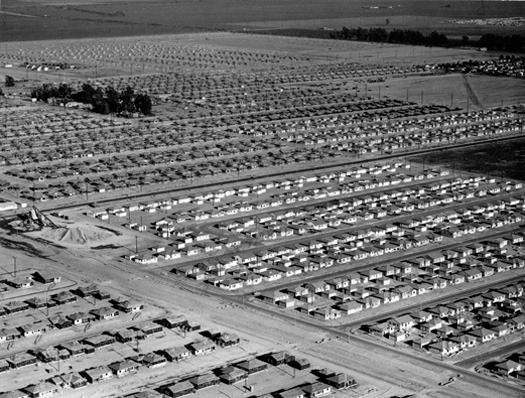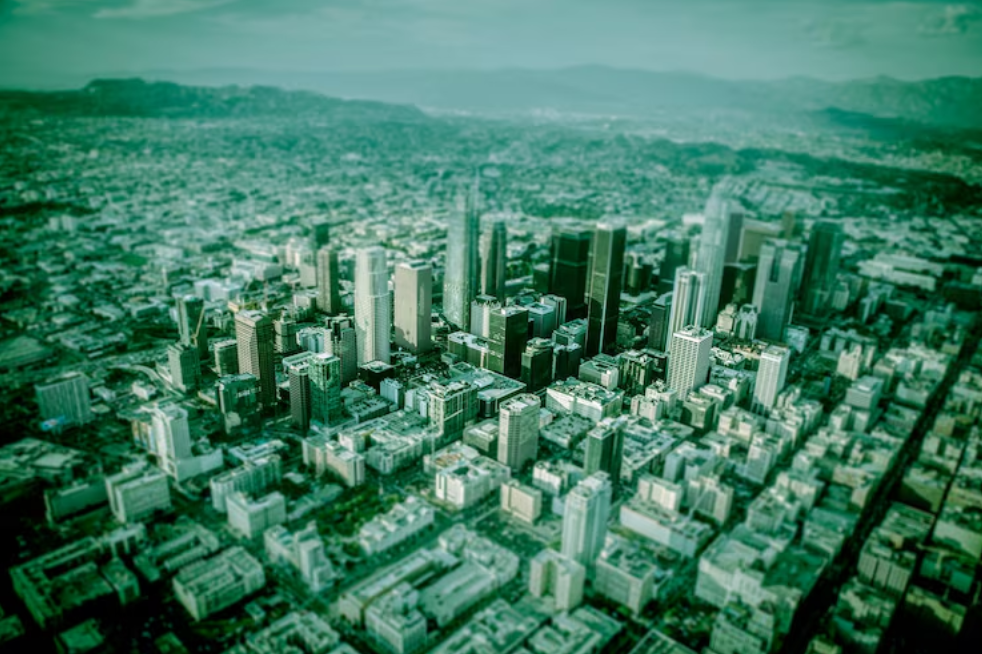Fixed Rail Transit
Integrating fixed rail transit into urban growth

photo credits: https://www.pinterest.com/pin/378372806174217273/
Beginning in the mid-1800s, trains brought the world: transit-oriented land-use design. In the 1930s, the US began leading the world in automobile centric urban growth.
Effects to urban design
Urban design establishes the different types of movement of people and goods. Today’s patterns of population increase with urban growth are a mixture of transit reliant and automobile centric. And as always, transportation remains the foundation to all urban growth.
From a recent blogpost, Urban Growth and Trains, there are three notable paragraphs relevant to this topic: The environmental, economic, and social effects of urban growth are intertwined and directly related to its land-use design. The primary consideration with all urban growth is an area’s type of land-use. To answer questions about any kinds of impacts, the question of its land-use type is the first step to assimilate an answer. There are four types of land-use: nature, agriculture, transit-oriented design and automobile centric land-use design. There are three types of impacts to land-use: environmental, economic, and social. Any answers about impact have to be isolated specifically to social, economic or environmental impact. Finding an area’s impact can be measured by sustainability.
Urban growth is based on an area’s transportation. Poverty and wealth remain corollaries of human nature. The financial impacts of urban growth are strategic to an area’s land-use design. Struggle and strife of the human condition are unchanged. The dream of utopia is a dream, hope is for heaven. Urban growth is related to its transportation.
The pursuit for environmentally clean transportation can only occur with efficient energy use. This is an arena beyond urban growth; specific to the transportation industry. This is an area of scientific research and require physics study into molecular designs at the subatomic level which eliminate energy loss.
Common-sense acknowledges; as population increases in the cities with high-density vertical growth, transit demands increase. As the land with metropolitan sprawl proliferates, traffic crawls as the demand for more and wider roads escalates.
Where is the population decreasing that lowers the transportation obligation? If there is a population decrease, then maintaining the status-quo is appropriate. Where the population is indeed increasing, then changing its transportation source is imperative.
What relevant new information about urban growth can be added that these blogposts haven’t already mentioned? How can the importance of the sustainability message be recognized? The political ‘green’ diatribe is filled with deceptive inaccuracies. A much more accurate message is that the unsustainable transportation practices are primarily an issue of inefficient energy use.
Fixed rail
Fixed rail transit is only applicable as a primary source of transportation for transit-oriented land-use development. Since transportation is the foundation of all urban growth, fixed rail transit is the transportation component that transit-oriented land-use is built upon. This type of land-use is incompatible to automobiles. Automobiles are incapable of providing traffic flow in transit-oriented land-use areas. Cars are a dysfunctional nuisance in transit-oriented land-use areas. And, of course, transit systems are discordant to sprawl.
PRT and ATN
An advantage to the transit-oriented design is its adaptability to new technology transit systems. Some of these new technology systems are classified as Personal Rapid Transit (PRT) or Automated Transit Networks (ATN). The PRT technology vehicles are designed for low passenger capabilities of four to six passengers. The ATN technologies have a higher passenger load capacity, depending on system vehicle design.
In the early 2000s, there were over 50 active new technology transit system designs being pursued. As of today, many years later, very few of those new technology transit companies have survived the onslaught of autonomous automobile investment that perpetuates automobile transportation dominance.
The introduction of a new transportation technology is extremely detrimental to the growth and profitability of the automobile industry. The automobile industry’s relentless proliferation of the unsustainable nature of automobiles is an increase to the unsustainable land-use with the automobile centric design of its urban growth.
Advanced Transit
With new transportation technology, from maglev guideways, and other innovative new technology transit designs, high-density urban growth within designated transportation corridors can approach building designs that lean towards sustainability. The high-density corridors allow heavy transit-oriented growth in specific areas, sparing the decimation of fertile farmland and open space otherwise consumed by unnecessary sprawl.
There are new rail technologies available for transit-oriented land-use designs. Many of the PRT technology designs remain viable for transit-oriented land-use designs. CATTCC’s purpose is to advance new transportation methodologies, this improves transportation and implements building of sustainable urban growth.
Applying modern transit system technologies into new transit-oriented land-use development designs are with simple transportation technology systems and sustainable building principles. These transportation technologies and building design advances, accommodate both higher and lower population densities. Large cities designs are already formatted to accommodate the longer ten to fifteen train car-sets.
The modern advances of new technology transit system applications, allow smaller vehicle sizes. These smaller vehicles maintain higher passenger numbers by increasing the number of vehicles within the network and provide greater destination flexibility. The term: “headways” references the distance between vehicles. A standard train has very long headways of several minutes to several hours. The new technology transit vehicles are smaller than trains and streetcars. They have fast speeds, and their headways distances can be just a few seconds. PRT system load capacities for passengers can meet or exceed train passenger loads with their ability to have the rail or guideways filled with many vehicles.
Three examples
These are three examples of new technology transit systems.
https://hytrak.net/ A relatively new PRT system design. It has four passenger vehicle capacity and projected top speed of 250 miles per hour. Electric power with steel wheels on a specially designed rail. Vehicle headway is 12 to 15 seconds. This allows a maximum of 1400 per hour capability, presumably per mile. It’s computer operated system technology provides system access for passengers 24 hours per day, 7 days per week, and 365 days per year.
https://cybertran.com/ This vehicle design is in the fashion of incremental social acceptance. Its system design is similar to a modern streetcar. Its transit capacities far exceed the 125-year-old streetcar technology. CyberTran is an ultra-light steel wheel electric vehicle with a specialized lightweight steel rail/track infrastructure. This system also has an automated technology control system which provides direct to destination service. CyberTran enables air-freight transport and a 20 to crowded 30 passenger per vehicle capacity.
https://www.et3.com/ ET3 is a very high-speed transit system design for global long-distance travel. Its technology is a magnetic levitation (maglev) vehicle system inside a sealed air evacuated tube. ET3 works by eliminating virtually all aerodynamic friction and rolling resistance. Its technology has been computer simulated to a top speed of 4,000 miles.
Friction technology
Wheels generate friction, with friction there is thermodynamic heat buildup. Heat causes metal fatigue and wearing out of moving parts. Heat increases maintenance costs, and the higher potential for safety concerns due to failing parts.
Technology advances happen incrementally. The advances in disruptive technology aren’t instantaneous change. The transportation industry is past due for disruptive technological advances.



